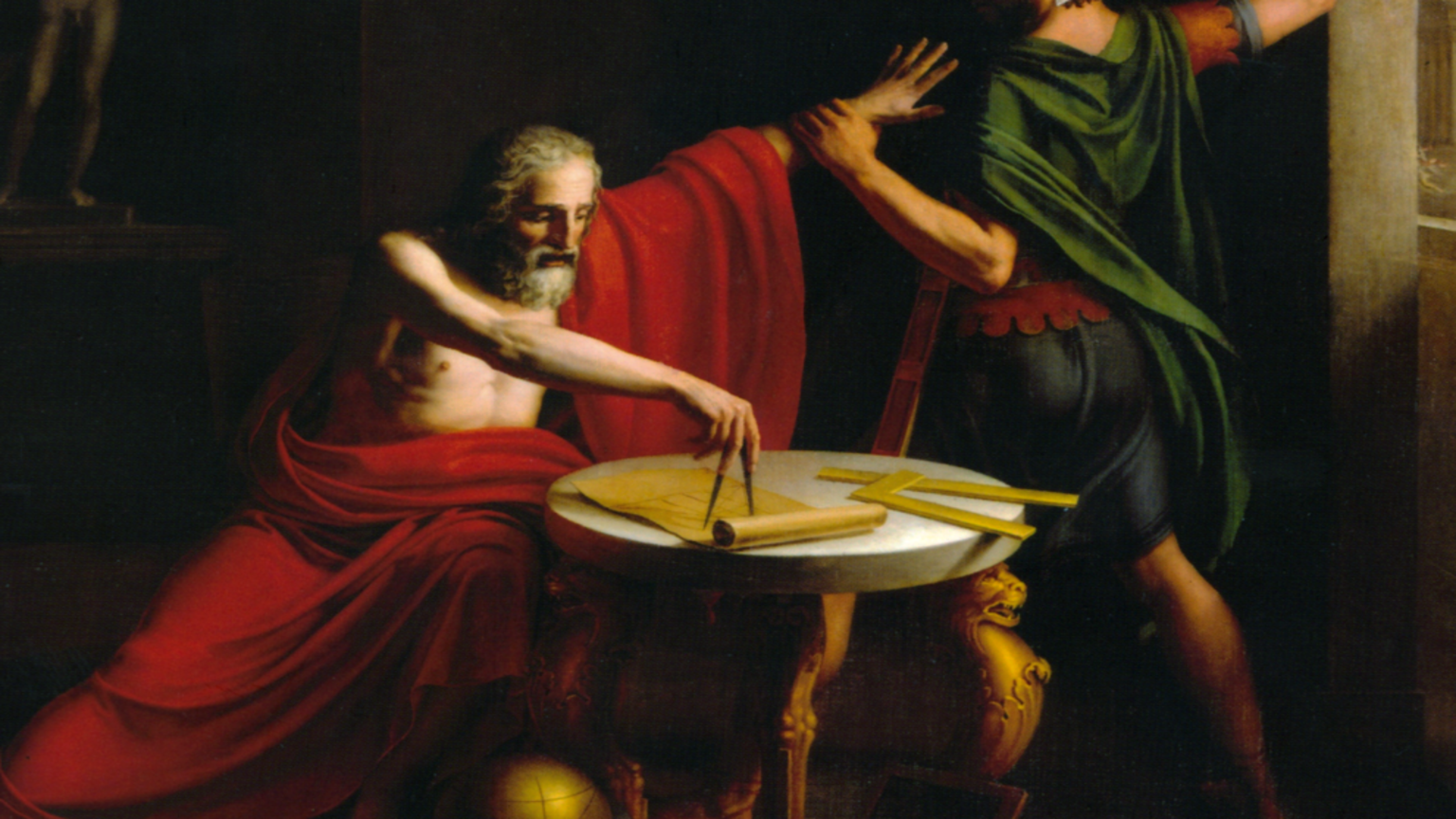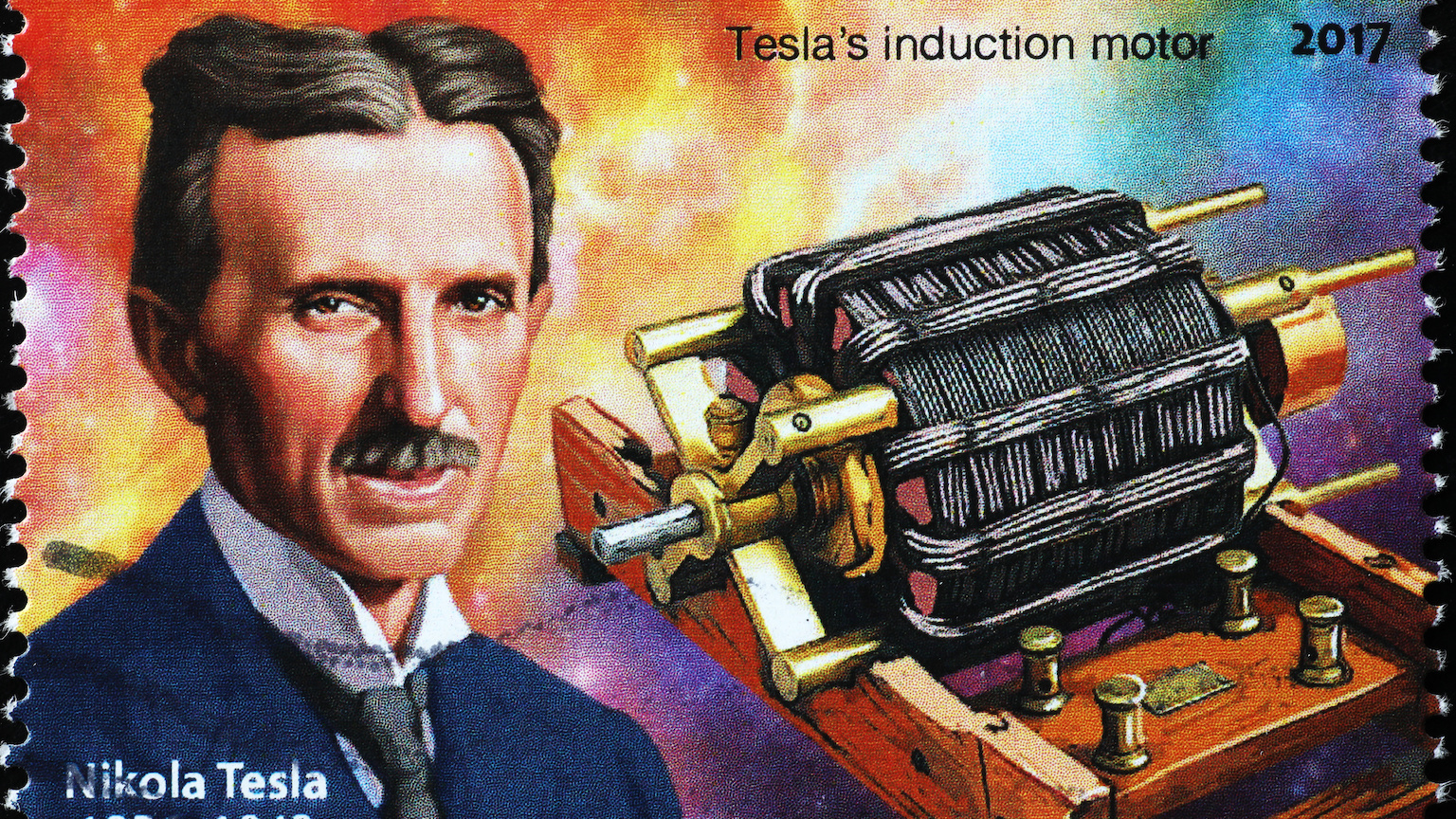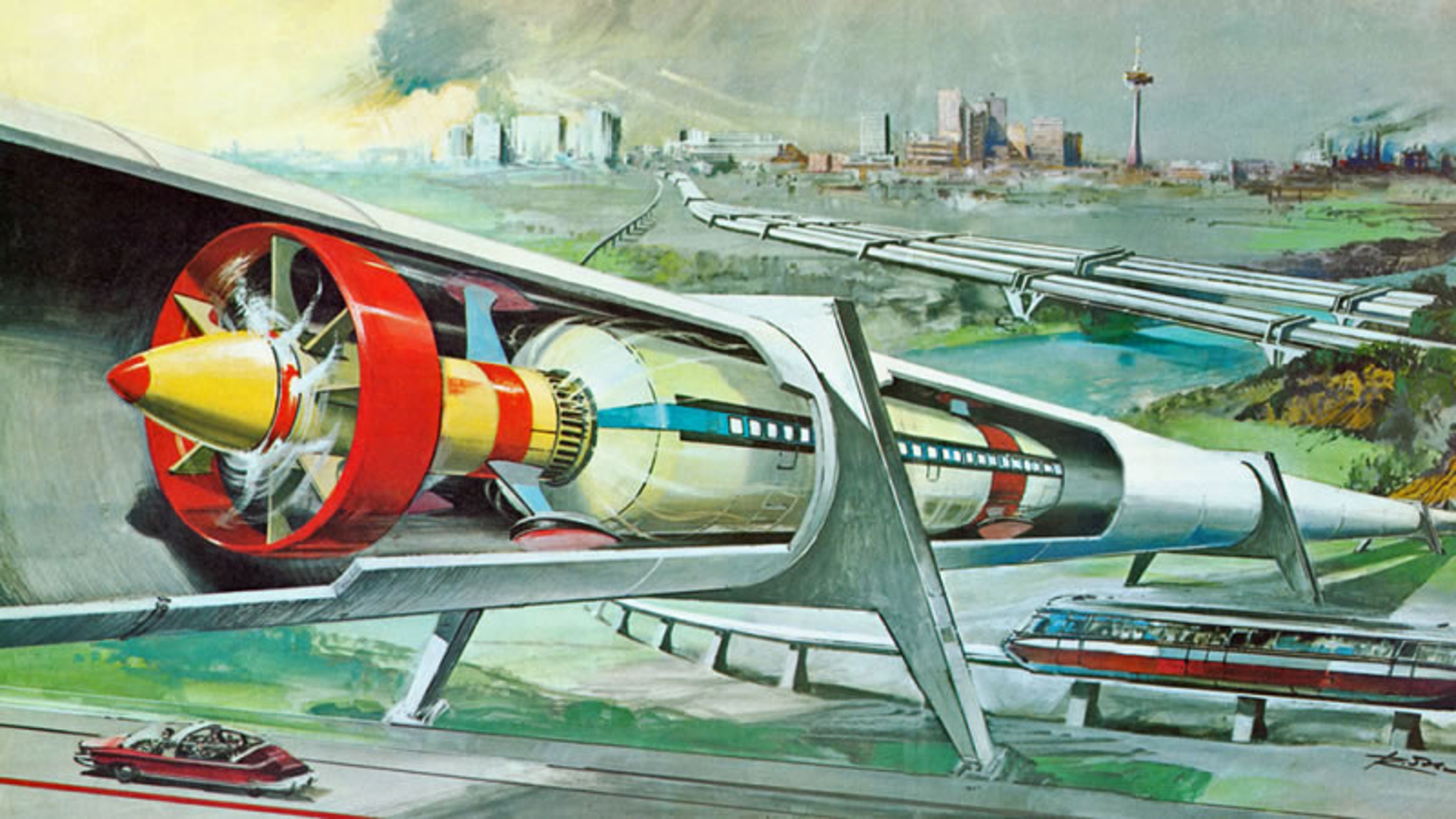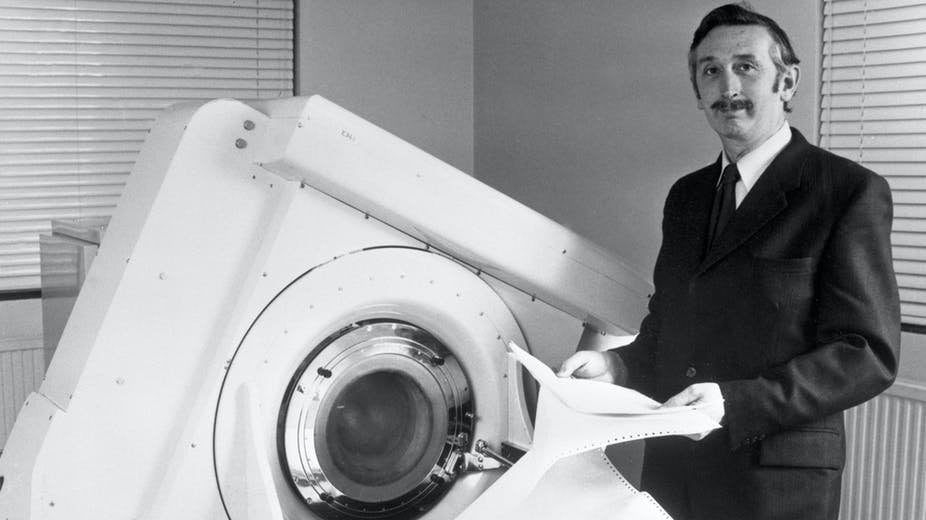The brilliant secret behind all great innovations
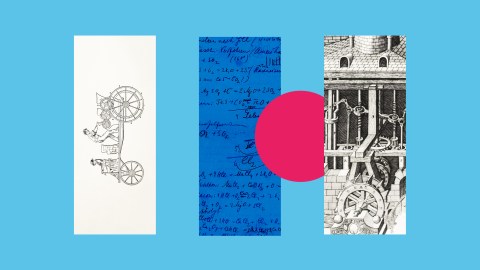
- Karl von Drais, inventor of the first bicycle, showed that extraordinary genius is not necessary for great invention.
- Innovation can be defined as the creation of customer value by solving customer problems.
- Every part of a service can be innovated.
In 1815, the volcano Mount Tambora in Indonesia erupted, throwing enough ash into the atmosphere to block sunlight from reaching the earth. The event pushed much of the planet into a premature winter, precipitating a significant crop failure across Northern Europe in 1816. With limited fodder, farmers opted to feed cows, which could supply food, instead of horses, which were used primarily for transportation. People were forced to walk instead of ride, requiring more time and energy to travel. Two years later, Karl von Drais mounted a flat board between two wooden wheels a few feet apart. His device allowed a person to sit astride the board and plant their feet on the ground to run uphill or lift their feet to coast downhill. In front of a large crowd, he demonstrated that his laufmaschine (running machine) could go 7 km (4.3 miles) in an hour. Ironically, this was considered too fast, causing this first incarnation of the bicycle to be outlawed in several cities for creating a hazard to pedestrians.
Karl von Drais was not an engineer or a mechanic, but he was an avid inventor. He demonstrated that anyone can innovate with impact. We tend to think that innovation is the preserve of a special few introverted geniuses, driven by “Eureka!” moments and instantly resulting in brilliant new products. In our long experience and research, innovation is not confined to a subset of preternaturally gifted people.
The bicycle was a significant innovation, as was the car, the jet engine, the mobile phone and the laptop. Yet an innovation need not be a life-changing product or service. It simply represents something new or a new way of making or using something. For us, the definition of innovation is much more straightforward: innovation creates customer value by solving customer problems.
Another everyday item — the mirror in a lift — illustrates how this is so. Originally invented by Archimedes, the man-powered lift used ropes and winches in ancient Rome to hoist gladiators and animals into the Coliseum. Its modern incarnation was introduced in 1885 to support an innovation — steel-framed high-rise buildings — that offered an efficient way to develop residential units in crowded city centers. But one problem undermined the appeal of high-rise buildings: the residents hated the lifts. They found them too slow. At peak hours, waiting for and then using the lift became a frustrating experience. The time spent idly standing in the lobby and then inside the lift seemed interminable.
It isn’t necessary to be clairvoyant to innovate.
A faster lift was not the solution. In 1885, riding a cage lift that moved fast was not for the faint-hearted. Installing more lifts was too costly and would address only the waiting time, not the riding time. Ingenious developers finally recognized that residents would accept waiting for and riding in lifts if they had something interesting to look at. And the image that people found most fascinating was … themselves. So they installed mirrors inside the lifts and in the lobby where people waited. To this day, most lifts have mirrors (or more recently, television screens) inside and out to keep passengers distracted. The mirror wasn’t new but using it to make lifts more palatable was. The use of mirrors in a lift solved a customer problem.
There are many other materials that could have been applied to the inside of the lift that would have been novel. I have never seen sandpaper or blinding lights inside a lift. Although new, those would not have addressed the customer need. They would have been inventive but not innovative.
The example of the lift also demonstrates that everything can be used more innovatively.
Innovation can be applied to every aspect of a product or service. Consider cars. BMW manufactures and sells cars; Avis rents cars; Uber helps people rent out their own time to drive their car for passengers; and Waymo makes self-driving cars. All four companies offer personal transportation centered around cars. Yet they deliver the value of transportation to the customer in radically different ways, showing us that every part of a service can be innovated.
Innovation can be as simple as putting two wheels and an extendable handle on a suitcase or as complex as transforming a suitcase into a smart device with built-in wireless technology, fingerprint locking and self-driving wheels. However, not all innovations rely on more features or higher quality. Sometimes innovations deliver inferior quality, but in a way that is significantly faster, more convenient or less inexpensive than a product with more features. These innovations can be more valuable to customers than existing products or services. The laufmaschine was not as good as a horse, because the riders had to push it with their own legs. Yet it was convenient and inexpensive at a time when horses had become scarce and unaffordable.
Humans have been innovating for 200,000 years. It is baked into our genes, quite fortunately. We innovate for the love of innovating. No one working on an innovation knows where it will end up, what contribution to humanity it might make, or what further evolution it might go through. We are sure Karl von Drais never imagined how his simple running board with two wheels would one day morph through countless innovations into the amazingly sophisticated carbon fibre 21-gear bike, the 35-mile per hour electric bike, or the internationally popular Harley Davidson motorcycle. But it isn’t necessary to be clairvoyant to innovate.
